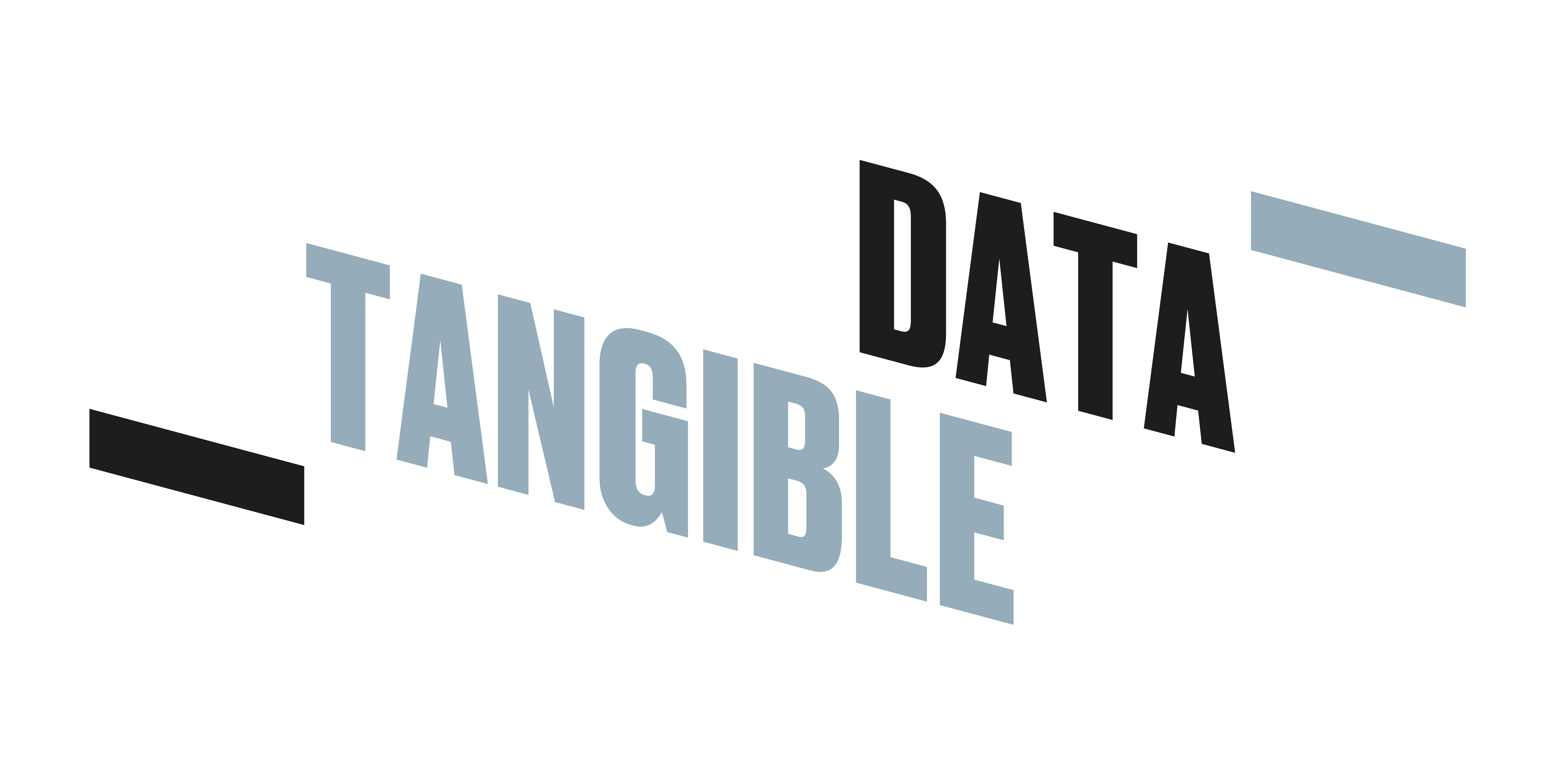In today’s exploration, we delve into the fascinating world where 3D printing intersects with art. This technology, which allows for the creation of physical objects from digital data models, is revolutionizing the way we approach and interpret data visualizations, transforming them into tangible forms. This process not only demystifies abstract data but also elevates it to a new artistic realm.
3D printing technology functions by laying down successive layers of material, often plastic or resin, to build up a final product from a digital model. This method is particularly significant in the realm of tangible data art. Artists and data scientists can convert complex data sets into physical models, making the data more accessible and engaging for a wider audience. For instance, geographic information or statistical data can be transformed into scaled models, enabling an immersive experience of the data.
The intersection of 3D printing and data art is not just about visualization; it’s also a matter of accessibility. This technology has become increasingly available to a broad range of users, from professional artists to hobbyists and educators. Websites like Thingiverse offer myriad designs, including data-driven art projects, that can be downloaded and printed.
Moreover, 3D printing allows for a personalized touch in data representation. With software like Blender or Autodesk Maya, artists can manipulate data into unique artistic expressions, ensuring that each piece is not just a representation of numbers, but a standalone work of art.
In the academic field, 3D printing is becoming a valuable tool for research and education. Universities are incorporating this technology into their curriculum, using tangible data art to teach complex concepts in a more digestible and interactive manner.
As we venture further into this intersection of technology and art, it’s clear that 3D printing is not just a tool for creation; it’s a medium for storytelling, where data comes to life in the physical world.
For further insights into this captivating blend of art and technology, explore these resources:
1. [Thingiverse: Explore Data Art Models](https://www.thingiverse.com/)
2. [Blender: 3D Software for Artistic Data Representation](https://www.blender.org/)
3. [Autodesk Maya: Advanced 3D Modeling Software](https://www.autodesk.com/products/maya/overview)
